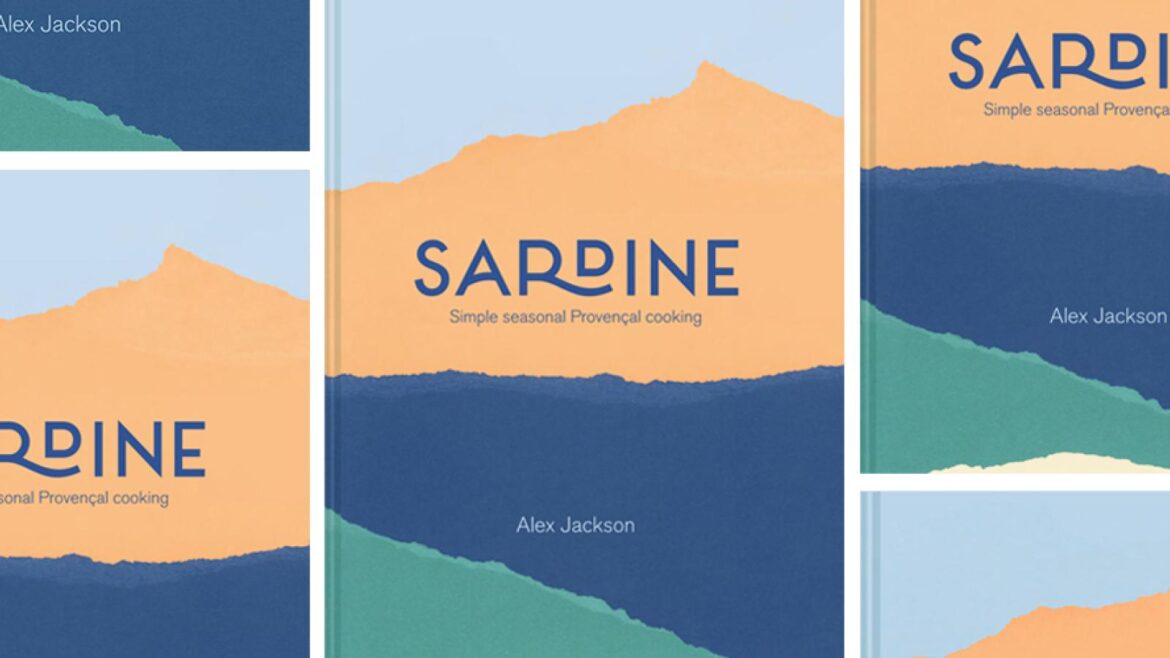For the aioli:
1 fat or 2 small garlic cloves, peeled and green sprout removed
1 tsp fine salt
2 egg yolks
200ml extra virgin olive oil
Juice of ½ lemon
For the croutons:
Some stale baguette
Olive oil
For the bourride:
150g monkfish, filleted weight
150g red mullet, filleted weight
150g oz gurnard, filleted weight
150g oz hake, filleted weight
200g mussels
A handful of parsley, chopped
A pinch of cayenne pepper
Sea salt and freshly ground black pepper
METHOD
1. Fry the roughly chopped vegetables and the whole garlic cloves slowly in olive oil, with a good pinch of salt, until they are soft. This should take at least 30 minutes.
2. Throw the herbs into the pan, then add the orange peel, peppercorns, fennel seeds and saffron. Cook, stirring, on a low heat to bring out the flavours of the spices.
3. When all is soft, sweet and aromatic, add the chopped tomatoes. Cook for 5 minutes over a medium–low heat, then add the fish bones, followed by the white wine. Cover with water.
4. Bring to the boil, reduce to a simmer, and cook for around 30 minutes, or until the bones have given up their flavour. As the fish cooks, skim off any scum that gathers on the surface of the stew.
5. Strain the stew into a clean pan, discarding the vegetables, herbs and fish bones to leave the liquid only. Next, cook the potatoes in the strained stew.
6. Remove the potatoes, taste for salt, adjust with more salt if necessary and set aside.
7. To make the aioli, crush the garlic with a good pinch of salt to a fine white paste in the mortar with the pestle. Add the egg yolks and emulsify as best you can. Add the olive oil very slowly, at first drop by drop, then in a slow stream. As the emulsion starts to thicken, add a few drops of lemon juice and a few of water, then continue with the oil. It’s important to add the lemon juice and water gradually to avoid splitting the mixture. When all the oil is incorporated, taste the aioli for salt and lemon juice to find a nice balance. You shouldn’t be able to taste any raw egg. If you can, the aioli needs more oil. If it looks a little too thick and ‘rebounds’ when you try to dip something into it, it needs another splash of water.
8. Make the croutons by cutting a stale baguette into thin rounds. Rub with olive oil, and toast gently in a low oven until crunchy.
9. To make the bourride, fillet and pin-bone the fish if it hasn’t been already done by your fishmonger. Cut each fish into four equal pieces and season with salt. Clean the mussels, washing well in cold water, scraping well, and discarding any that remain open when tapped.
10. Season the fish with salt and poach very gently in the hot stew, covered with a lid. If some pieces are thicker than others, add the thickest bits first, and the thinnest bits last. Just before the fish is cooked, add the mussels and the cooked potatoes. Test to see if the fish is cooked: insert a thin skewer into the thickest piece of fish. If the skewer passes through with no resistance, the fish is cooked. Make sure the mussels are open, discard any that remain closed.
11. Carefully scoop out all of the fish, shellfish and potatoes from the pan and divide between individual bowls or, better still, place on one large serving platter. Keep warm while you finish the stew.
12. Take some aioli, about a tablespoon per person, and put it in a decent-sized bowl. Slowly whisk in a ladleful of the stock, until you have a thick aioli soup. Off the heat, pour this tempered aioli back into the hot fish soup, whisking furiously as you go. Return to a very low heat or a bain marie over some simmering water. Bring the bourride up to eating temperature slowly. Take extreme care not to boil the soup at this stage or the emulsion will split. You are looking for a smooth, velvety finish to the soup. If the worst happens, whisk in a little more aioli using the same method, and this should smooth things over.
13. Pour the bourride over the fish and potatoes, and sprinkle with chopped parsley and some cayenne pepper. Serve with the croutons and bowls of extra aioli.


Dining and Cooking